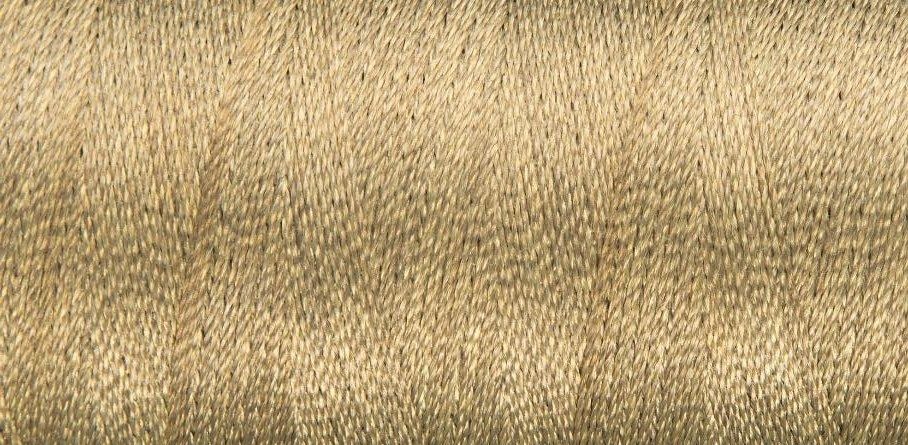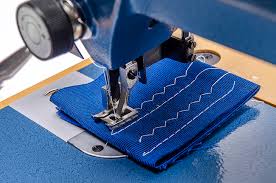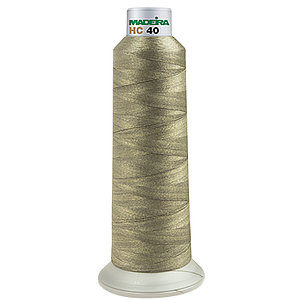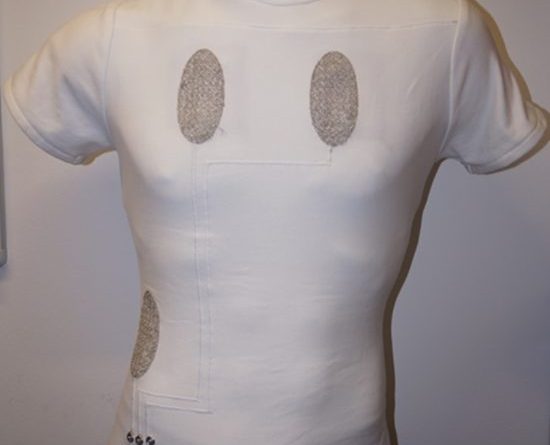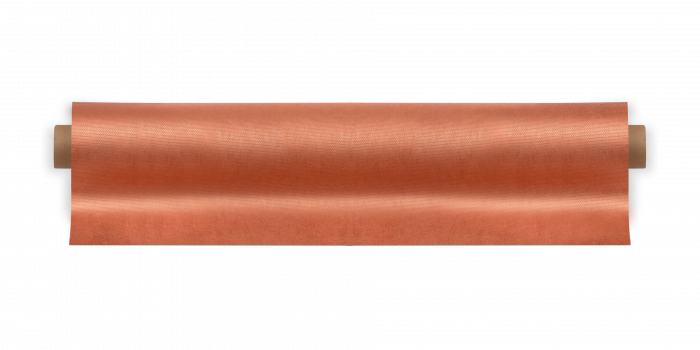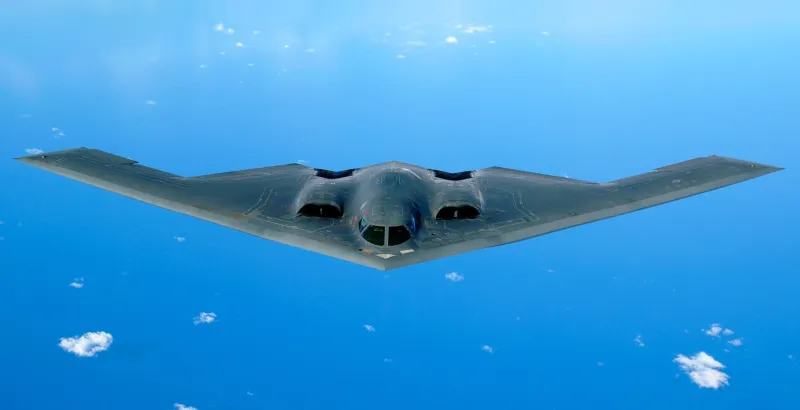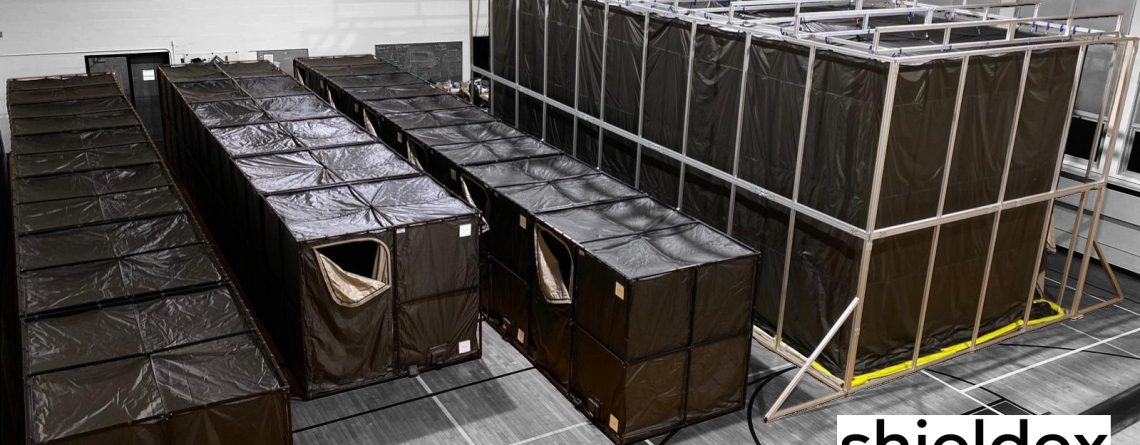01Jul
24Jun
Conductive Threads and Yarns-many uses!
Conductive Threads and Yarns-many uses! Conductive threads and yarns are made by incorporating metals or alloys into the threads and yarn. Conductivity enables these threads and yarns to carry electric current. This capability essentially makes them into textile wires, making them useful in many applications. Some of the major uses of conductive threads and yarns include: Electronic Textiles (E-textiles)-Conductive Threads and Yarns are useful in creating fabrics with embedded electronic components. These may include garments with built-in...
10Jun
Embroidered Conductivity and Connectivity-“Wireless Wires”!
Embroidered Conductivity and Connectivity-"Wireless Wires"! in the realm of wearable electronics, innovation knows no bounds. One of the latest and most exciting developments in this field is the advent of embroidered "wireless wires" This groundbreaking technology redefines the way we think about connectivity, blending he worlds of textiles and electronics in a seamless fusion of style and functionality. At the heart of this innovation lies highly conductive yarns, meticulously crafted to transmit signals and...
03Jun
Kevlar Advances Metalized Textiles!
Kevlar Advances Metalized Textiles! In the realm of advanced materials, the integration of Kevlar as a substrate for metalized textiles is revolutionizing the industry. Known for its exceptional strength and durability, Kevlar brings a host of differences that significantly enhance the performance and reliability of conductive textiles. One of the standout advantages of Kevlar is its high tensile strength. This property ensures that metalized textiles will withstand substantial mechanical stress without compromising their integrity. This durability is essential for applications...
20May
Technical Embroidery using Highly Conductive Yarns!
Technical Embroidery using Highly Conductive Yarns! In the realm of modern innovations, Technical Embroidery with metalized yarns goes beyond embellishment, venturing into the realm of functionality and practicality. This unique application of embroidery techniques, coupled with conductive materials and some creative engineering is revolutionary in wearable technology and automotive design. At the heart of Technical Embroidery lies the integration of metalized yarns into the fabric's weave. This transforms traditional textiles into conductive surfaces, capable of transmitting electrical...
14May
Sensible Sensors- Monitoring Vital Signs!
Sensible Sensors-Monitoring Vital Signs! One of the key applications of conductive textiles in healthcare is the integration of vital sign sensors into wearable medical devices. Vital sign sensors have employed metalized textiles for years due to their excellent conductivity. Incorporating the sensors into garments that ensures accurate placement of the sensors without the worry of adhesives failing is the new direction in sensors. These garments allow real-time monitoring of crucial metrics including heart rate, respiration rate, and...
30Apr
Elevating your Brand-the Power of Quality!
Elevating your Brand-the Power of Quality! In the realm of product development, the integration of quality components is paramount. Just as a virtuoso musician relies on fine instruments to create masterpieces, integrating superior components elevates product performance and reliability, thus shaping the customer experience. Here's why prioritizing quality components is crucial: Enhanced performance: Quality components ensure optimal functionality, delivering seamless experiences that exceed customer expectations and bolster brand reputation. Durability and Longevity: Superior components are synonymous with durability, minimizing premature failures and...
29Apr
A Tale of two Standards-Safety and Environmental!
A Tale of two Standards-Safety and Environmental! RoHS (Reduction of Hazardous Substances) is a standard enforceable in the European Union (EU), restricting the use of specific hazardous materials found in electrical and electronic products. The substances restricted under RoHS include: Lead (Pb), Mercury (Hg), Cadmium (Cd), hexavalent Chromium Cr VI, PolyBrominated Biphenyls (PBB), and PolyBrominated Diphenyl Ethers (PBDE). The directive aims to reduce the environmental impact of electronic products by limiting the use of hazardous materials and...
23Apr
Elevating Aerospace Technology with Metalized Textiles!
Elevating Aerospace Technology with Metalized Textiles! In the ever-evolving landscape of aerospace engineering, the integration of metalized textiles marks a transformative stride towards enhance performance, efficiency, and safety. This innovative fusion of traditional textiles with metal coatings has revolutionized the way we approach various aspects of aerospace technology. One of the most prominent applications of metalized textiles lies in thermal management. In the extreme conditions of space or high altitudes, regulating temperature is important for both equipment and personnel. Metalized...
01Apr


